So you have started playing padel.
You have learnt the very basics and played a few beginner padel games.
Now you want to improve quickly, win more points and become more competitive.
Or you may be feeling a bit overwhelmed in terms of knowing what to focus on next and how to make the most of your time on the padel court.
In either case this article is for you.
We will cover 5 key topics in this post, starting with a focus on the basic shots needed along with tactics and strategies.
Then we will talk about the importance of fitness and conditioning for playing padel as well as learning from the professionals.
Finally we will touch on the benefit of experimenting with different equipment.
Contents
1. Basic Shots Needed in Padel
The joy of playing padel tennis lies not just in the thrill of the game, but in the strategic learning curve that challenges players at every level.
As a beginner padel player, one of the surest ways to improve your game is by mastering the basic shots and reducing unforced errors.
a. Importance of mastering basic shots
The basic shots serve as the foundation for all your future growth as a padel player. They form the basis of your ability, your strategies, and ultimately your victories.
You might get away with flawed techniques in friendly matches, but as you face more matches, stronger opponents or start playing competitively, any deficiencies in these shots will limit your progress. For those with a tennis background this will be very familiar.
Therefore, spending time honing these skills will undoubtedly pay dividends in the long run.
Let’s define these essential padel skills as the forehand, backhand, volleys, lob, and serve.
b. Detailed overview of the basic shots
Forehand and Backhand:
The forehand is usually the more powerful shot, employed when the ball is on the right side of your body (for right-handed players).
Conversely, the backhand is used when the ball is on your left side.
Both shots require you to strike the ball after it has bounced once.
Remember, the key to a good forehand or backhand is not just power but precision and control. Aim for the corners to stretch your opponents and open up the court.
Top padel tennis tips:
Listen to the noise that is made when the ball contacts with the padel racket.
This can help tell you if you have hit the ball in the middle of the racket or even when your opponent may be adding spin to a ball with a slice shot.
Volleys:
Volleys are shots you hit before the ball bounces, usually close to the net and sometimes classified as your ‘net game’. They can be forehand or backhand.
They are critical in padel, allowing you to apply pressure on your opponents and control the game’s pace.
Unlike tennis, on padel courts, volleys are typically played with less power and more emphasis on placement.
Volleys may include the use of the ‘drop shot’, a delicate shot that makes the ball just drop over the net into an area of space and with little bounce.
Top padel tennis tips:
Try experimenting with turning at your waist and at your shoulders to help position the racket more quickly for the forehand or backhand volley.
Lob:
The lob, a high arcing shot, is a strategic tool designed to push your opponents back, buying you time to seize a better position.
Lobs can be hit as a defensive shot when under pressure or as an offensive shot to disrupt your opponent’s rhythm.
Serve:
In padel, the serve initiates every point and therefore sets the tone for each rally.
The serve must be underhand, the racket in line with your waist or lower, and the ball must bounce behind the service line before it is hit.
Although it’s not usually a shot to win points outright, a well-placed serve can put your opponents in a difficult position, giving you the upper hand every important point.

Now, knowing these skills isn’t enough. You need to practice them to enhance your own game more effectively. Here’s how:
c. How to practice these skills
Practice Drills:
These are your best friends when you want to improve your basic skills. Dedicate a portion of your practice sessions to specific drills for each shot.
For instance, you could practice your forehand and backhand shots with a partner, taking turns to hit the ball to each other using only one side of the court to improve accuracy.
To practice volleys, you could have your partner hit groundstrokes to you while you’re at the net.
To work on your lob, try hitting it over a target placed at the back of the court.
Serving can be practiced by serving a basket of balls and aiming for specific areas in the the service box marked with a bottle or can of balls.
Wall Practice:
Padel’s unique element is the walls, and you can use them for solo practice sessions.
Hit the ball against the wall at a medium pace, alternating between forehands and backhands, and for volleying hitting the ball before it bounces.
Coaching:
A qualified coach can be instrumental in your learning journey, offering targeted advice, filming your current technique and providing great tips and drills to improve your skills.
Even a first few weeks of lessons, combined with more matches, will make a significant difference in understanding and executing the basics properly.
2. Tactics and Strategies for Winning More Points
Padel tennis is a nuanced game, and while mastering the basic skills is an essential first step, understanding and implementing effective tactics and strategies can truly elevate your performance on the court.
Let’s explore some key tactics and strategies that will help you as a beginner padel player.
a. Aggressive serving
In a padel match, the serve sets the tone for the rest of the rally.
Unlike tennis, padel rules stipulate that serves must be underhand, reducing the speed and power you can generate.
Despite this, an aggressive serve can still be a valuable tool in your arsenal.
Explanation of an aggressive serve
An aggressive serve is not necessarily about power but more about precision and variation.
It involves serving the ball close to the walls, making it difficult for your opponent to return cleanly.
Additionally, like other racket sports, mixing up your serves – short, long, towards the body, or wide – keeps your opponent guessing and on their toes.
Benefits of an aggressive serve
The benefits of an aggressive serve are numerous.
It immediately puts pressure on your opponents, potentially causing them to make errors.
It also allows you to start the point on the front foot, controlling the rally right from the outset.
You can also adapt the serve to the opponent if you notice any weaknesses in their forehand or backhand or ability to deal with serves close to the wall.
b. Effective use of walls
The walls are what set padel tennis apart from other racket sports. Used effectively, they can become a strategic weapon in your games.
How to use the walls to your advantage
You can use the walls defensively by returning balls that would otherwise be out of reach.
And you can also use them offensively, by hitting the ball off the wall in such a way that it bounces unpredictably, making it hard for your opponents to return.
Practicing wall shots
Practicing wall shots is essential. Spend time learning how the the ball hits and bounces off different parts of the wall.
Experiment with different angles and speeds, and observe how they affect the trajectory of the ball.
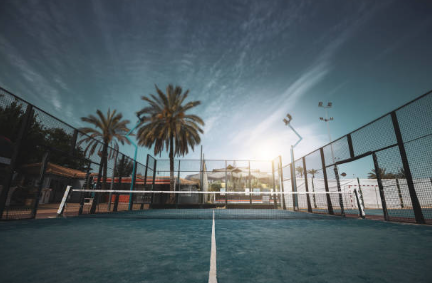
c. Padel court: strategic positioning
Understanding court positioning is a fundamental part of winning.
The court in padel is much smaller than a tennis court, and positioning can often be the difference between winning and losing a padel point.
Understanding court position
There are two aspects to positioning – your position relative to your partner, and your position relative to the ball.
You and your partner should aim to cover the court effectively, without leaving large gaps that the other team can exploit.
You should also strive to be in the right position or a good position relative to the ball, enabling you to hit effective shots and reducing the chance of making unforced errors.
How to effectively move around the court
Remember to keep moving, have a little bit of bend in the knees and be on the balls of your feet.
Don’t be a static player – continually adjust your position based on the ball’s location, your partner’s position and your opponent’s actions.
d. Controlled aggression
Controlled aggression is about knowing when to be aggressive and when to be defensive.
Not every shot can or should be a winner.
Sometimes the best option is to play a defensive shot, allowing you to stay in the rally and wait for a better opportunity to attack.
When to be aggressive and when to be defensive
Balancing power and control is essential.
Overly aggressive play can lead to unforced errors, while excessively defensive play might allow your opponents to dictate the game.
Strive to find a balance – attack when the opportunity presents itself, and defend when necessary. For example:
If you are close to the net and can play the shot that is a better time to be aggressive than when far back against the wall.
If you are at the back of the court and the opposition are both at the net then look to play a lob rather than backhand ground shots.
e. The importance of the lob
In padel, the lob is a strategic shot designed to push your opponents towards the back of the court, opening up space at the front for you to exploit.
Performing a lob involves striking the ball in an upward direction, aiming for it to land deep in your opponent’s court.
It requires a soft touch and good control – hit too hard and the ball might go out or bounce off the back wall directly losing the point. Or, if not hit high enough it is easy for your opposition to smash.
When to use a lob
Lobs can be used when you’re under pressure, forcing the other team back and giving you time to recover. They can also be used offensively – a well-placed lob might catch your opponents off guard, setting you up for a winning smash.
3. Fitness and Conditioning for Padel
While understanding the basics, mastering the skills, and employing effective strategies are critical in playing padel, they are only half of the equation.
The other half, often neglected by the beginner padel player, involves physical fitness and mental fortitude. So, let’s explore these aspects.
a. Importance of physical fitness in padel
Padel tennis, though played on a smaller court than tennis, requires a large amount of energy. The constant movement, explosive shots, and frequent direction changes demand a significant level of fitness.
Padel is a complete workout in itself. The game engages your lower body for quick movements, your core for stability, and your upper body for powerful shots. Hence, a well-rounded fitness regime is essential.
The fitter you are the more able you will be to keep moving into the best position to meet the ball, to cover the court and recover composure fast in-between points.
Suggested fitness and conditioning exercises for padel players
A few exercises can specifically help improve your performance:
Cardio Exercises
Regular cardio workouts can increase your stamina, allowing you to stay energetic throughout a match.
Running, cycling, or even high-intensity interval training (HIIT) workouts can be very beneficial.
Strength Training:
Incorporating a strength training regime can enhance your shot power and durability.
Focusing on your core, legs, and arms can provide the necessary strength to deliver powerful smashes and endure lengthy rallies.
Agility Drills:
Agility is critical in padel to move quickly and change direction on a dime. Ladder drills, cone drills, or any exercises that improve your footwork will be immensely beneficial.
Flexibility:
Flexibility can improve your range of motion and decrease your injury risk. Yoga or regular stretching can significantly improve your flexibility.
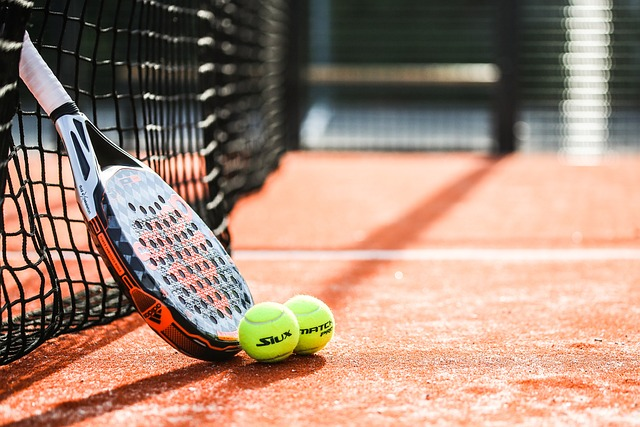
b. Mental fitness in padel
Equally important, if not more, is the mental aspect of padel. It’s a tactical game, often referred to as ‘chess at 100 km/h’, and for a good reason.
Padel match: focus
Padel requires intense concentration, with every shot demanding strategic planning.
Regular meditation can help improve focus, helping you remain present during each point and reducing unforced errors.
It will also help reduce the amount of mind wandering during or between points.
Stress management
Competitive games can induce stress and anxiety, which may affect your performance.
Deep breathing exercises can help manage this stress.
It’s also essential to remember that it’s just a game, and it’s okay to lose points, games, and even matches. What matters is learning from them.
Sportsmanship
Padel is, above all, a social sport. It promotes sportsmanship and respect between players.
Regardless of how competitive you might be, remember to always respect your opponents, your partner, and the rules of the game.
Enjoy the game for what it is – a fun, social activity that also provides a workout.
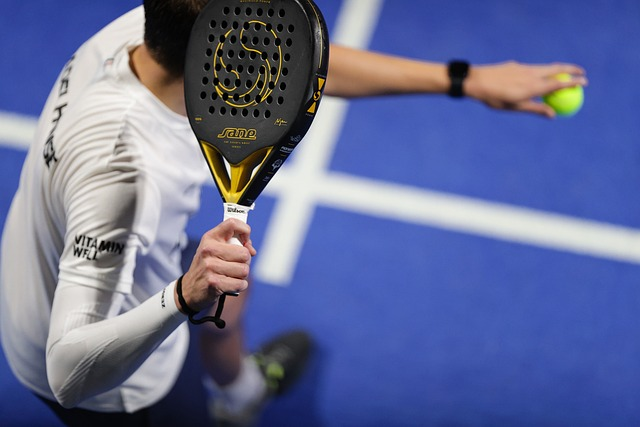
4. Learning from the Pros
The importance of studying professionals that play padel cannot be overstated.
It is an efficient and enjoyable way to take in many skills and techniques to try and reproduce in your game.
What to look for whilst watching the Pros
Observing individual points and matches can give you insights into their shot selection, court positioning, footwork, serve techniques, communication and so much more.
As you watch the below point compilations from World Padel Tour try to focus on how the players move around the court and the preparation they make in anticipation of receiving the shot from their opponents.
Each of these points shows the combination of exceptional skills, tactics, and fitness, making them excellent learning resources.
5. Experimenting with Different Equipment
A crucial aspect of padel that can significantly influence your performance is the equipment you use.
While the basic requirements might seem simple – a padel racket, a ball and a pair of sports shoes – the variety within these categories is vast and finding the right fit for you can be a game-changer.
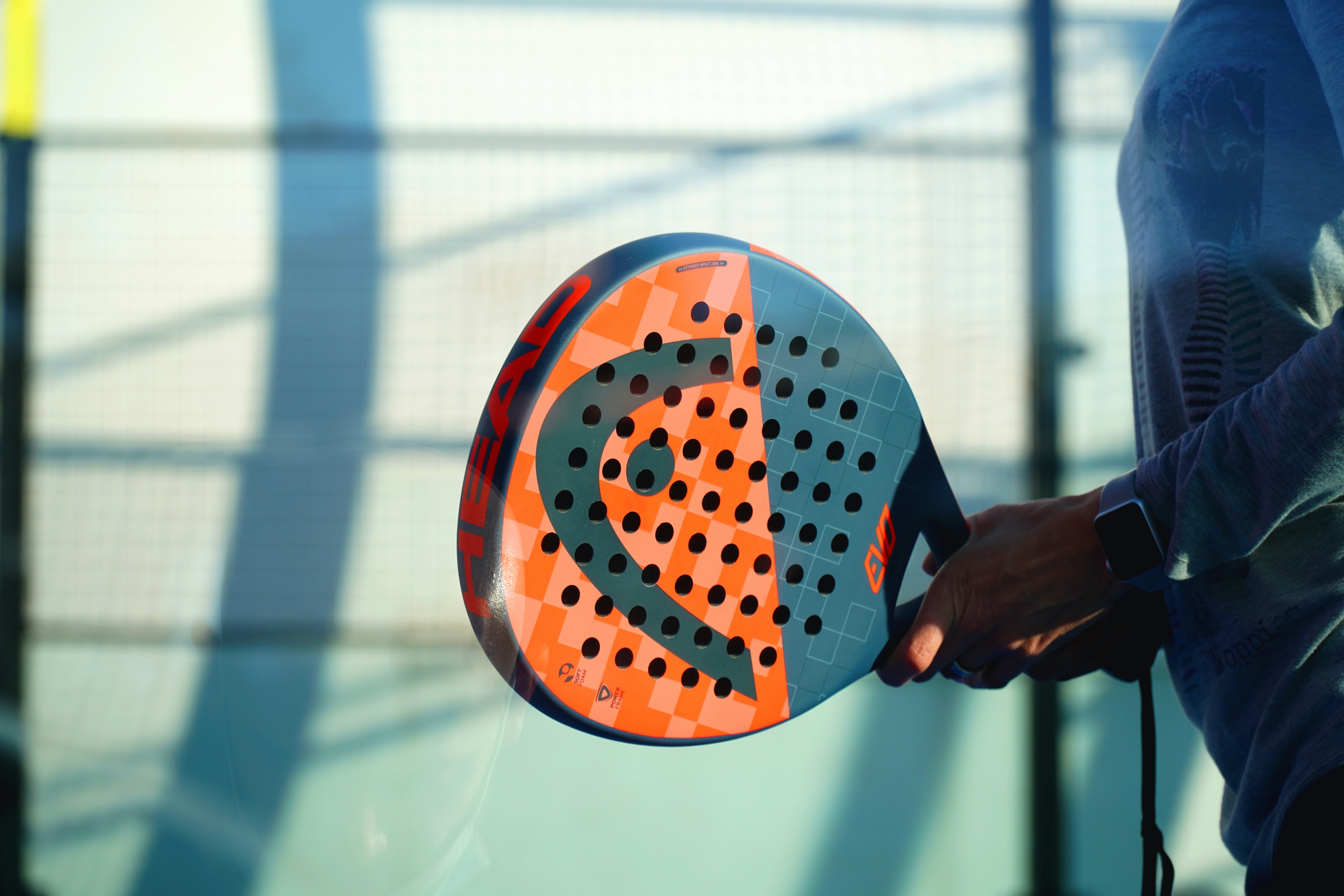
a. Padel racket
Padel rackets come in various shapes, sizes, weights, and materials, each influencing the racket’s performance and feel.
A heavier racket might provide more power, while a lighter one can offer better control.
Some rackets are designed to enhance spin, while others prioritize stability.
Experiment until you find the right padel racket to complement your style and enhance your performance.
Look for clubs or shops that will allow you to test rackets or attend demo days.
b. Trying padel shoes
Just as important as the right padel racket are the right padel shoes.
While you might be tempted to use regular tennis shoes, running shoes or cross-trainers, specific padel shoes can provide benefits that standard athletic shoes cannot.
Padel shoes are designed to support the quick, multidirectional movements common in the game, providing the necessary traction, stability, and comfort.
Again, it’s worth experimenting with different brands, fits and styles until you find the right padel shoes.
c. What’s in your water bottle?
Hydration is crucial during any physical activity, and padel is no exception.
But what you hydrate with can also make a difference.
While water is essential, during extended matches or on hot days, a sports drink with electrolytes can help replenish lost salts, keep you energized and help maintain your focus.
However, remember to check the sugar content, some sports drinks can be high in sugars, which might not suit everyone.
Conclusion
Winning more points as a beginner padel player is a very achievable target.
We have outlined five key areas to focus on to accelerate this progress:
- Basic shots
- Tactics and strategy
- Fitness and conditioning
- Learning from professionals
- Experimentation with equipment
Don’t forget that the enjoyment factor in the padel game is also a significant aspect of your padel play.
Try to make sure that you’re having fun whilst on the court!
This doesn’t mean you can’t be competitive or ambitious as you play padel, but rather, find the balance between striving for improvement and enjoying the journey.
With patience and practice you will see continuous improvement as a padel player, find yourself winning more points, more matches and enjoying the game even more.
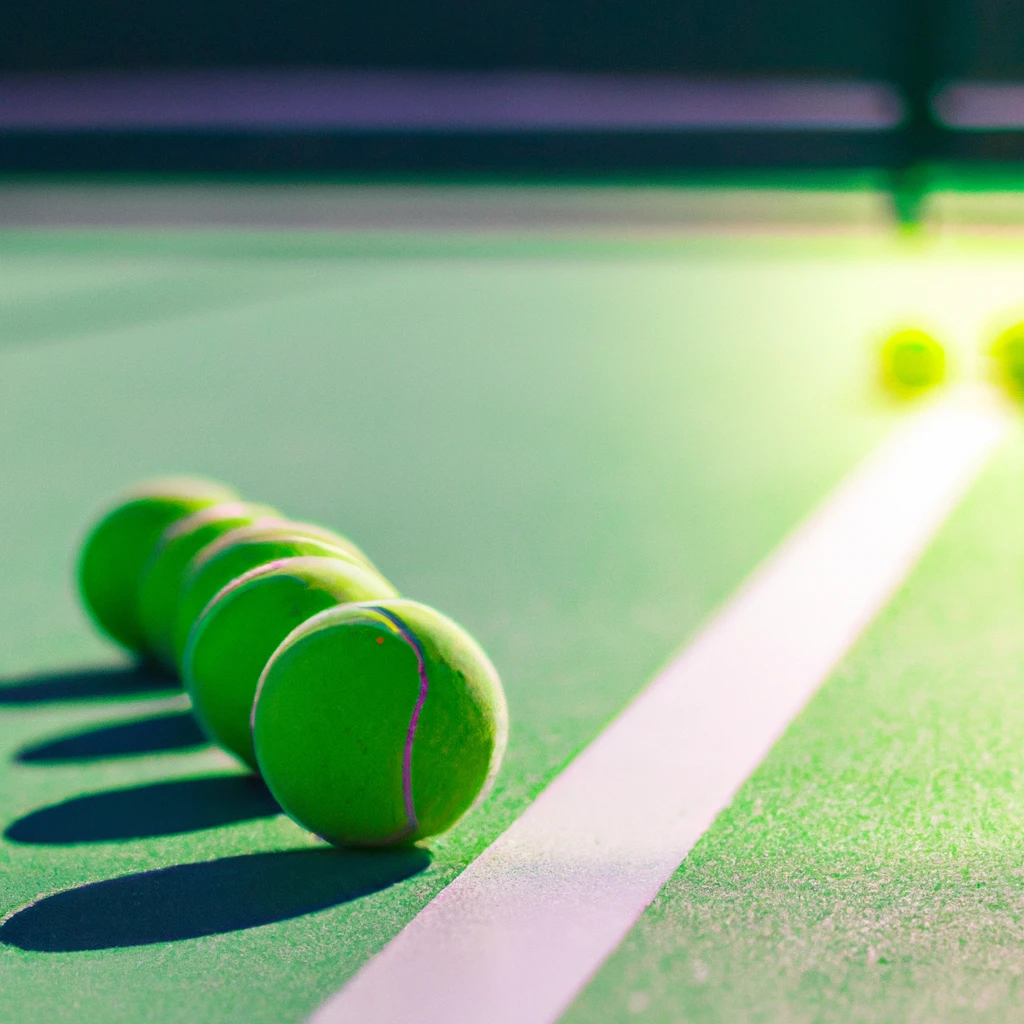
Comments
One response to “Padel Beginner: How to Win More Points”
[…] With the recent growth of padel players, courts, investment and infrastructure development, it is only a matter of time before Padel becomes more popular than Tennis.If you are a new padel player or a convert to padel from tennis then see our beginner guide to padel and also our guide on how to win more points. […]